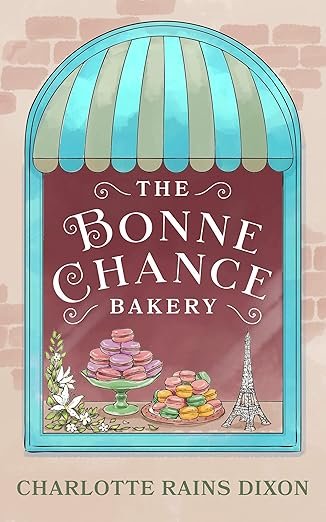Elements of a Scene
Yesterday, I wrote about the problem of flat scenes (not to be confused with flat screens) and how they can be very dull and boring. As I emoted about the dullness and boringness of flat scenes and planned to write about how to avoid them, the thought occurred to me that this might be a good place for a recap about the elements of scene.
Writing in scene is one of the most common things that new writers do not do. 
In general (and you can argue with me on this), a scene:
- Takes place in one location
- Is confined to the viewpoint of one character
- Has a specific purpose in mind (or at least it should), such as showing character, creating conflict, advancing plot
The best scenes work hard and accomplish several of these things at the same time. The basic elements of scene are:
- Action
- Dialogue
- Description
This is as opposed to narrative or exposition, which is straight writing, with no action or dialogue. Again in general, a scene shows while exposition tells. A scene is actable (goofy Hollywood term for you) which means you could watch actors play the roles. The only way actors could act exposition is in a monologue.
Now that you've had this handy little reminder of what a scene is, the next step is to write an effective one, which is way more complicated than just putting words in your characters' mouths. An under-appreciated way to make scenes work hard and keep your reader's interest is to make sure they turn.
And that, dear reader, is the topic of the next post in this series.
Awesome photo of chairs onstage by Mazartemka. I found it on Every Stock Photo.
